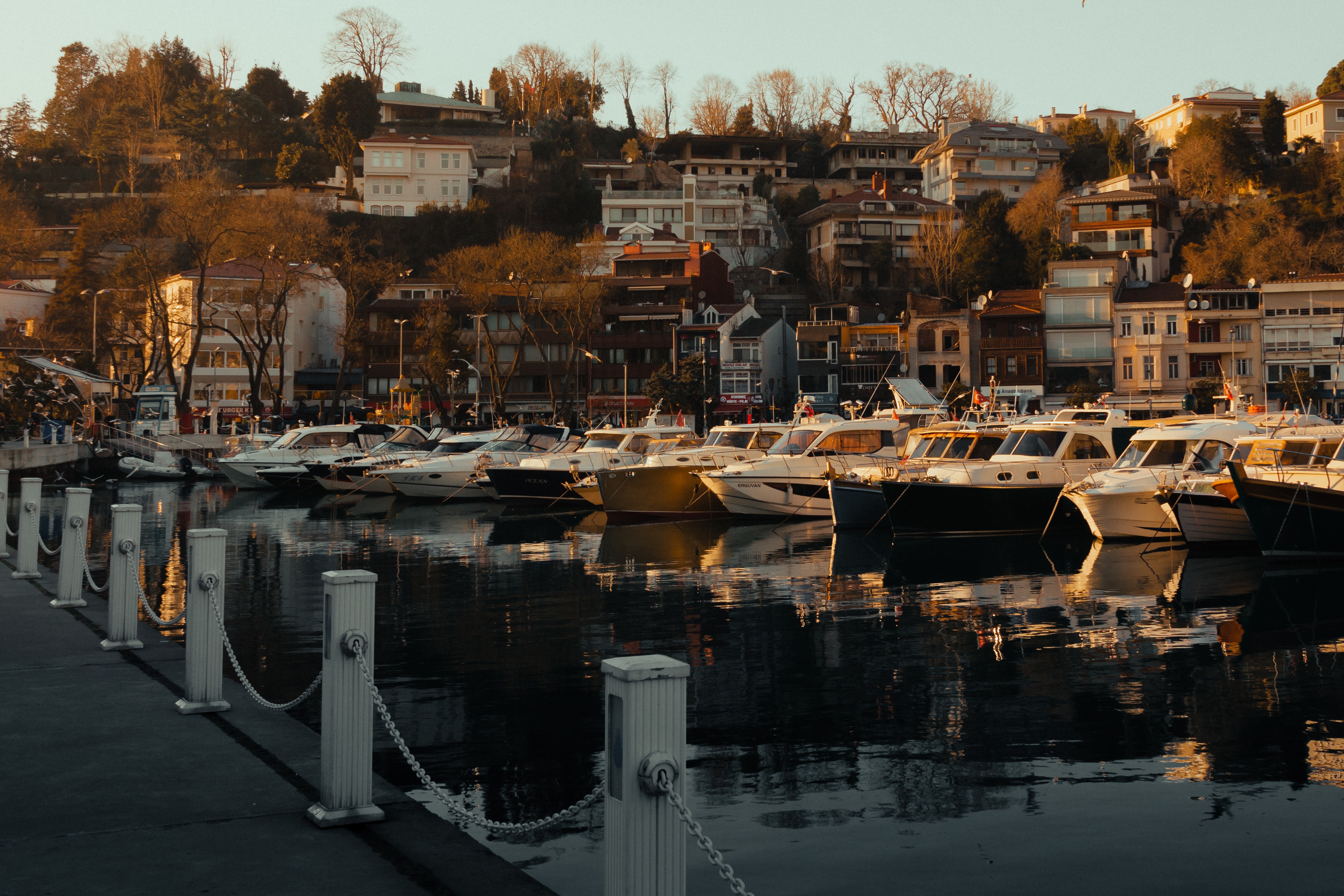We are knee-deep in hurricane season. With Isaias behind us and a few storms on the horizon, it’s couldn’t be more crucial to use the right dock lines on your watercraft. Dock lines will secure your boat to the dock and help avoid unwanted damage when strong winds and large waves are present.
Here’s a deeper look into dock lines and which are best for strength, handling, and safety.
MATERIAL
We highly recommend nylon rope. Polypropylene lines will degrade in the sun and do not have the stretch required to withstand adverse weather conditions. Nylon rope will avoid these complications. They have an unmatched strength-to-absorption ratio. Nylon is often used when lifting or towing because of its ability to return to its original length after being stretched. It also has a good resistance value and lasts longer than most natural fibers.
WEAVE-TYPE
Dock lines most commonly have three weave options – three-strand, double-braided, and mega-braid. Their differences are subtle, but should be taken into consideration with your docking situation and potential weather conditions.
1. Three-Strand: abrasion resistant, knobby finish, good stretch quality, easy to splice, affordable
2. Double-Braided: Strongest, abrasion resistant, controlled elongation
3. Mega-Braid: 12-strand single braid, easy to handle, harder to splice, good choice for boats above 70’
TEMPORARY USE VS. PERMANENT SLIP
TRANSIENT DOCK LINES
Even if your boat has a regular slip or mooring, it’s important to keep designated nylon lines aboard and ready for use when tying up elsewhere. You want these lines to have spliced eyes. The eye easily passes around a cleat or piling and the end is adjusted on board. There are many options available with different diameters and lengths. Find an appropriate combination for your watercraft.
PERMANENT DOCK LINES
These are the lines you want for regular use at your allotted slip or mooring. They differ from transient dock lines in a few ways. First, they have leather, rubber, or fabric chafe gear where the lines pass through the chocks. If the dock has rings, lines should be protected from chafe with eye splices and shackles. If the dock has cleats, eye splices and short lengths of chain are ideal. Finally, permanent dock lines should be customized to fit that specific boat in the slip.
DIAMETER
Here’s a good rule of thumb to follow – 1/8’’ of line diameter for every 9’ of boat length.
Boat Length: up to 27’
o Line Diameter: 3/8’’
Boat Length: 28’-31’
o Line Diameter: 7/16’’
Boat Length: 32’-36’
o Line Diameter: 1/2’’
Boat Length: 37’-45’
o Line Diameter: 5/8’’
Boat Length: 46’-54’
o Line Diameter: 3/4’’
Boat Length: 55’-63’
o Line Diameter: 7/8’’
Boat Length: 64’-72’
o Line Diameter: 1’’
LENGTH
Transient lines should be around 2/3 of the boat’s length if used on the stern and bow. Spring lines should be equal to the boat’s length. Ideally, you want two stern lines, two bow lines, and two spring lines. You won’t always need two bow/stern lines, but we still recommend keeping two aboard. There will come a time where you will need them.
CHAFE PREVENTION
Chafe is the damage caused when lines are rubbed together. This damage is inevitable, but can be avoided for a while. It’s important not to change the angle of the line abruptly and to use abrasion-resistant pads. Chafe guards, for example, will provide a surface that will take the damage rather than the line. Dock line snubbers will add a shock-absorbing stretch to the line.

